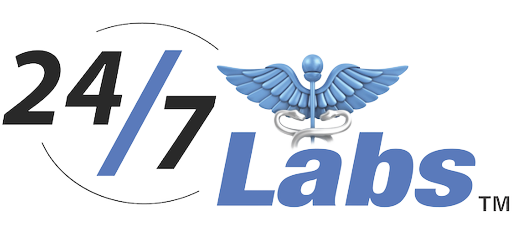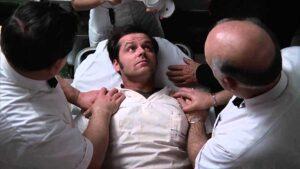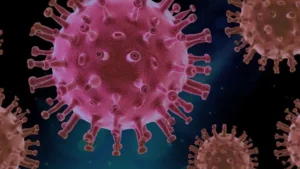Everything You Didn’t Know About Your Prostate

If you are anything like the majority of men out there, you likely don’t think about your prostate unless you suspect a related health issue. But did you know that according to Men’sTClinic, it is vital that you regularly monitor the prostate gland? Why? Because failing to do so can result in an array of otherwise preventable issues, including interfering with seminal fluid production and benign prostatic hyperplasia (BPH). Additionally, because of its proximity to the bladder, if the prostate becomes enlarged it can interfere with your ability to urinate. In this blog, we’ll discuss everything you didn’t know about your prostate so you can stay on top of your prostate health and wellness.
What is The Prostate Gland?
The prostate gland is a small, rubbery gland that can be found just above the bladder in men. It is roughly the size of a ping pong ball and surrounds the top portion of the tube that drains urine from within the bladder, according to the Mayo Clinic. Primarily, its function is to create the fluid that provinces nourishment and transportation for sperm (seminal fluid). The more you understand about the prostate as well as its function, development, what it’s attached to, and where it’s located, the better equipped you are to monitor your prostate health.
How Does The Prostate Work?
The prostate functions as part of a system. The seminal vesicles are rabbit-eared structures located atop the prostate that store and secrete a vast majority of ejaculate. From there, the neurovascular bundle – a collection of blood vessels and nerves running alongside the sides of the prostate – is responsible for controlling erectile function. For some men, these nerves run only a short distance from the prostate while in others, they are attached to the prostate itself. Overall, their exact location has no bearing on the prostate’s function or any occurrence of prostate cancer.
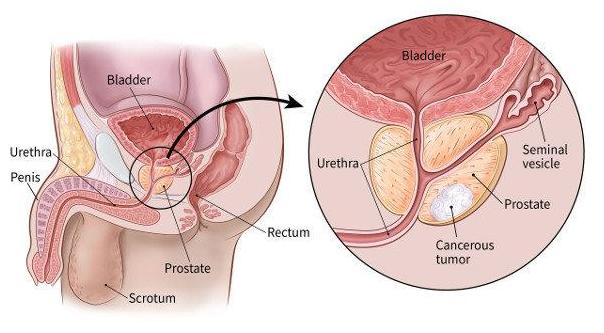
The bladder is similar to a balloon in how it grows as it fills with water, while the urethra, a narrow tube that runs through the center of the prostate and connects the bladder, transports semen and urine out of the rectum. Finally, the rectum is located directly behind the prostate, and it functions as the lower end of the intestines, connecting to the anus.
About Prostate Cancer explains that while the prostate is not essential for life, it is vital for reproduction. During adolescence, the prostate usually grows under the control of both testosterone and dihydrotestosterone (DHT). When it is functioning properly, the prostate creates healthy semen that is the perfect consistency and environment for both the transit and survival of sperm, leading to fertilization. Furthermore, healthy semen contains several enzymes, such as PSA, zinc, citrate, and fructose (a substance that is responsible for providing the sperm with the energy it needs to reach the egg).
Exploring The Prostate Zones
The prostate is divided into various anatomic regions or zones. And when it comes to prostate cancer, much of it begins in the peripheral zone (where the bulk of the prostate is located) found at the back of the prostate. In turn, it is recommended that you get regular digital rectal exams (DREs), where a doctor will examine the prostate by inserting a gloved finger into the rectum. More often than not, this is the most common and beneficial screening test as well as the PSA blood test.
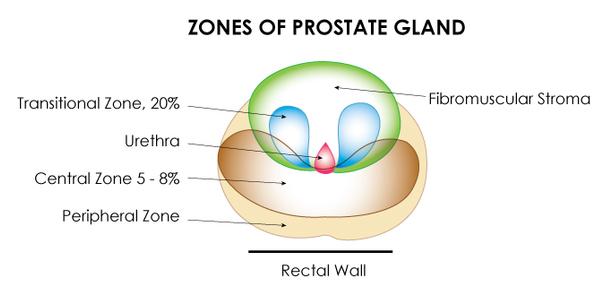
Beyond that, the transition zone makes up 20% of the prostate and it serves as the site of benign prostatic hypertrophy. When it comes to prostate cancer, UpToDate explains that only 5-10% of cancers originate within the central and transition zones. If you suspect you might have
How to Keep Up With Prostate Health
Rather than waiting until there is a problem to take back your prostate health, there are several measures one can take to keep their prostate healthy. These include:
- Eat a fresh diet of whole foods
- Cut down on or eliminate alcohol and processed foods
- Get regular exercise
- Restore your hormones (testosterone)
- Get a prostate exam annually
- Get plenty of vitamin D
- Eat lots of green, leafy vegetables
- Limit your consumption of red meat, including pork, beef, lamb, goat, and the like
- Avoid foods and beverages with high amounts of sugar
According to the Centers for Disease Control, 13 in every 100 men will be diagnosed with prostate cancer in their lifetime. While there is no guaranteed way to prevent unwanted health issues such as cancer and benign prostatic hypertrophy, taking care of one’s prostate health greatly reduces the chances. When you pair these measures with regular doctor visits and prostate exams, your chances of maintaining good prostate health increase dramatically.
The Bottom Line in Terms of Prostate Health and Wellness

The bottom line is, all men are at risk for prostate cancer. And while the most common risk factor is age, one should never neglect their prostate simply because they feel immune due to their youth. While this isn’t meant to scare you, it is meant to make you consider taking your prostate health seriously. Luckily, we make it easy to get an entire male health panel done on your schedule and look into your prostate health. Contact us today to get more information.
